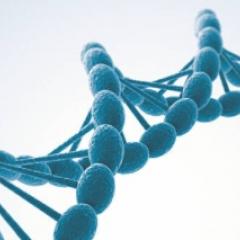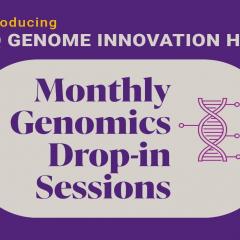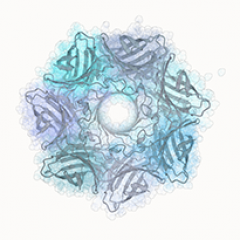Third edition 2021 - Director's note

Dear Colleagues,
Welcome to the third edition of the GIH newsletter for 2021. In this issue we highlight the RNAscope Hiplex assay, introduce the GIH project Genome Phaser and mention our latest collaborative publications, workshops, software, seminars and news. We also shine a spotlight on one of project leaders, Dr CX Chan as well as three partner UQ facilities: Australian Centre for Ecogenomics, Genomic Research Services and the newly formed Viral Vector Core.
We hope you enjoy the read. The next edition of this newsletter will be distributed in November 2021.
Professor Grant Montgomery, Director
Optimised RNAscope Hiplex assay at UQ!
RNAscope® Assay (ACD Biosciences) is an advanced RNA in situ hybridization (ISH) assay. Unique to this technology, RNAscope® delivers quantitative, sensitive and specific molecular detection of RNA species on a cell-by-cell basis with morphological context in a single assay.
This enables researchers to:
- visualize which genes are expressed,
- localize where they are expressed,
- and quantify the level of expression.
GIH has implemented an RNAscope® Hiplex assay through our collaborative research with Dr Quan Nguyen and A/Prof Andrew Mallet, that allows researchers to gain insight on cellular mechanisms and functions by visualizing single molecule expression with single cell resolution directly in intact tissues.The assay allows you to simultaneously detect up to twelve RNA targets (up to four target genes at a time) and to validate gene signatures without compromising the morphological features of the tissue in question.
The full protocol for fresh frozen tissue is available through our GIH website.
Stay tuned for as we anticipate to release an optimised protocol for archival FFPE tissue sections very soon!
In association with the UQ School of Biomedical Sciences (SBMS) Imaging Facility, we have optimised the workflow using the Slide Scanner Axio Scan Z1. Get in touch directly with the facility to find out about training and use of the slide scanner.
2021 Research and Innovation week
This year Research and Innovation Week will be celebrated from 13-17 September 2021.
Research and Innovation Week celebrates the incredible research, innovation and collaboration within UQ and throughout our diverse community.
Come along and find out how UQ is available to help you reach your research goals!
- Cutting-edge infrastructure and instrumentation
- Research facilities, capabilities and services
- UQ Funding and collaborative opportunities
- Workshops with a panel of UQ experts
- NCRIS and UQ Central Research Platform (CRP) trade displays
As part of the Research Infrastructure portfolio of CRPs, GIH will have a presence during the week including a presentation, supporting a workshop and a mini trade display so come along, find out more about what we do, and most importantly have a chat to our team!
Check out the official Research and Innovation Week webpage for the full program of events.
Haplotagging: low-cost, linked-read sequencing
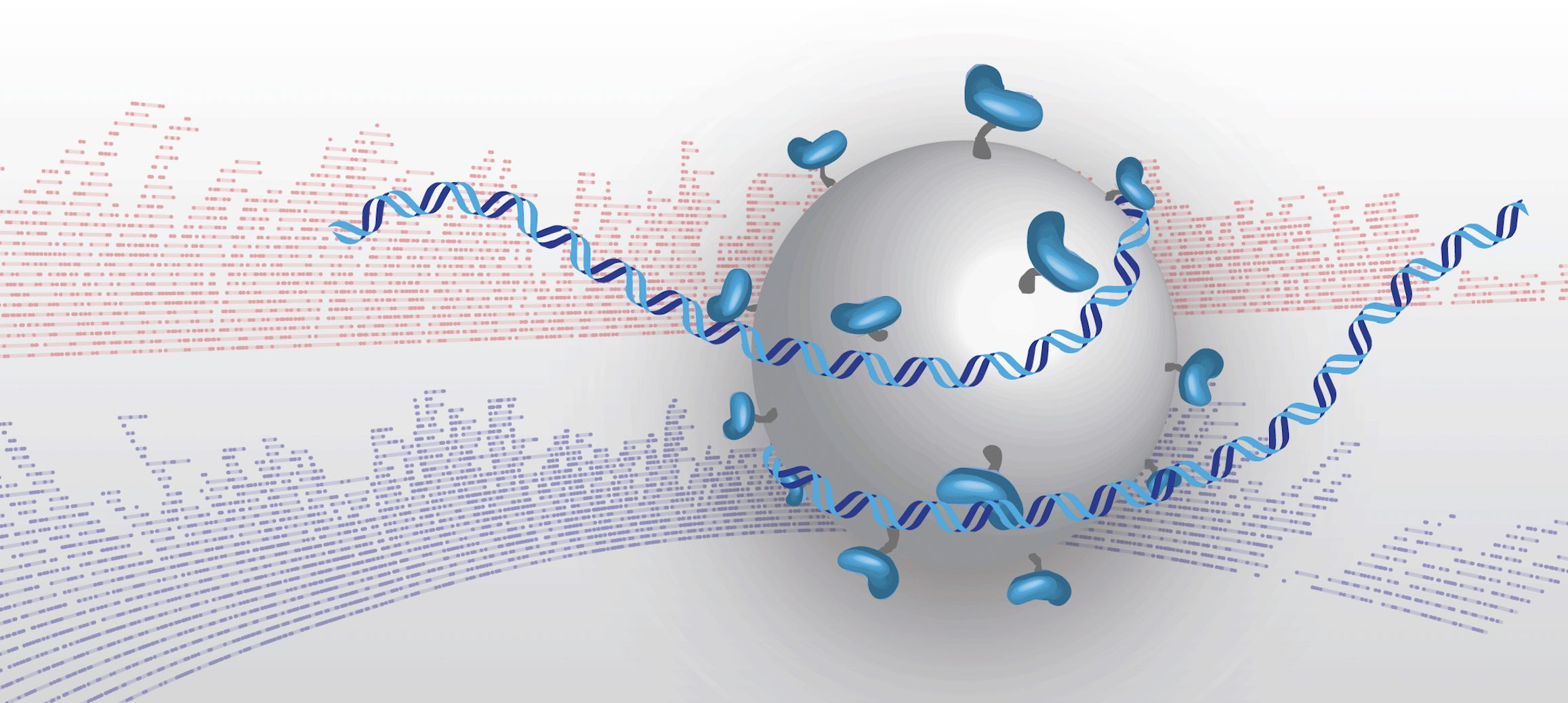
Directly observing haplotypes is an important step for many genomics approaches.
As a 2021 GIH collaborative project, "Genome Phaser", we are establishing an end-to-end solution to the problem of identifying haplotypes by deploying a-ready-to implement molecular and bioinformatics method that is optimised across both plants and animals. Haplotagging both lowers the cost and increases the usability of genomics data, making large scale genomics studies cheaper and statistically more powerful.
Developed by Dr Frank Chan and colleagues at the Friedrich Miescher Laboratory of the Max Planck Society, Germany, Frank has joined us on this large collaborative effort to bring this technology to the wider UQ research community! Led by project leader and postdoctoral research fellow Dr Melanie Wilkinson with group leaders A/Prof Daniel Ortiz-Barrientos (School of Biological Sciences), A/Prof Craig Hardner (Centre for Horticultural Science, QAAFI), Research fellows Dr Elizabeth Ross (Centre for Animal Science, QAAFI), Dr Hyungtaek Jung, Dr Bradley Campbell, Postdoctoral research fellow Dr Maddie James as well as members of the GIH Team Dr Sohye Yoon, Valentine Murigneux, Stacey Andersen, Dr Subash Rai and Dr Jun Ma!
We are well underway with this project using three study organisms – cattle, mango and an Australian wildflower, so look out for more updates later in the year!
Long-read Assembly workshop using Galaxy Australia
At the end of June, QCIF Bioinformatics ran a great workshop exploring how long and short read data can be combined to produce a high-quality ‘finished’ bacterial genome sequence. Termed ‘hybrid assembly’, they used read data produced from two different sequencing platforms, Illumina (short read) and Oxford Nanopore Technologies (long-read), to carry out de novo genome assembly.
Instructed by joint QCIF and GIH Bioinformatician Valentine Murigneux, who is instrumental in many of GIH's long-read sequencing collaborative projects, along with Dr Igor Makunin and Dr Gareth Price from QCIF, the workshop was targeted to biologists and other life scientists planning to work with long-read (ONT) and Illumina data for genome assemblies.
(Image: Valentine Murigneux)
The workshop was attended by a great mix of students, post-docs, academics and professional staff. No prior bioinformatics knowledge was required as the instructors focussed on the use of Galaxy Australia, a Biocommons powered platform that provides a simple and user-friendly interface to bioinformatics tools. With plenty of time for questions and hands-on time, the feedback received from the attendees was very good with many saying they would definitely attend further QCIF training.
Keep an eye out for further QCIF workshops and training sessions, which are free for staff and students of the member Queensland Universities: UQ, QUT, Griffith, USQ, CQ, USC and James Cook!
Find out more about QCIF training courses
GIH collaborator spotlight
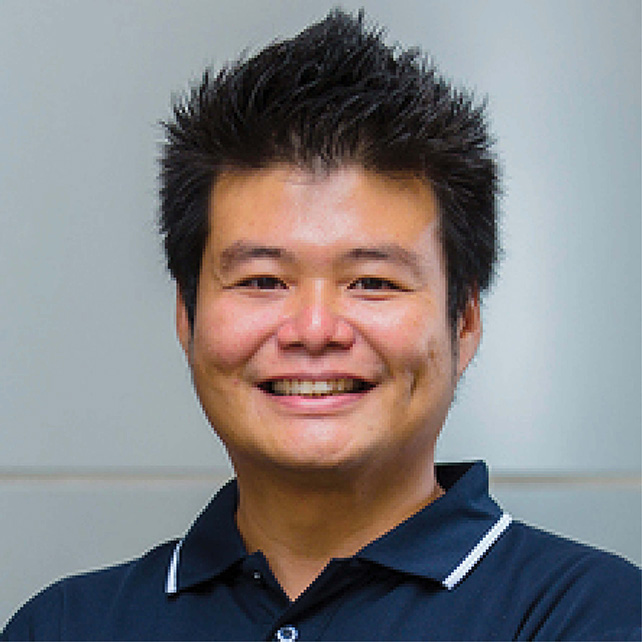
Each newsletter we shine the spotlight on a lead researcher within one of our GIH collaborative projects.
We caught up with Dr Cheong Xin (CX) Chan, Group Leader and Senior Research Fellow at the Australian Centre for Ecogenomics, School of Chemistry and Molecular Biosciences, and Affiliate Research Fellow at the Institute for Molecular Bioscience.
CX and his group teamed up with the groups of A/Prof Peter Erskine and Dr Antony Van der Ent from the Centre for Mined Land Rehabilitation, Sustainable Minerals Institute on the GIH collaborative project A genomic dissection of metaorganisms: molecular approaches for teasing apart the hologenome. This great collaboration has aimed to not only develop protocols for effective isolation of microbiome genomic DNA from holobiont (metaorganisms), but also to develop an integrated approach to generate and analyse the genome data.
What are your key research interests?
We use advanced computational approaches to investigate microbial genomes and their evolution. The core of our research is evolutionary genomics of microbial eukaryotes and algae, including those that are symbionts essential to coral reefs. We aim to understand, at the molecular level, how different interacting partners contribute to sustain a functional ecological unit (i.e. a holobiont). We also explore and develop scalable approaches for comparative genomics and sequence analysis.
Can you tell us a bit about your project with GIH and how this relates to your research?
The access of genomic DNA from the distinct biotic components in a holobiont can be challenging, particularly for samples that are recalcitrant to extraction of these DNAs. In our GIH project we aim to develop molecular techniques for generating and analysing hologenomes of drought-resistant plants, and with our collaborators Dr Lauren Messer and Prof Gene Tyson at QUT's Centre for Microbiome Research, hologenomes of corals. The GIH expertise in preparing the biological material (DNA/RNA extraction) from plant/animal tissues, and in preparing sequencing libraries specifically for long-read technologies, has been a great asset in advancing our research efforts. GIH also enables our access to cutting-edge genomic platforms including the Nanopore adaptive sequencing technology that we are adopting in our research.
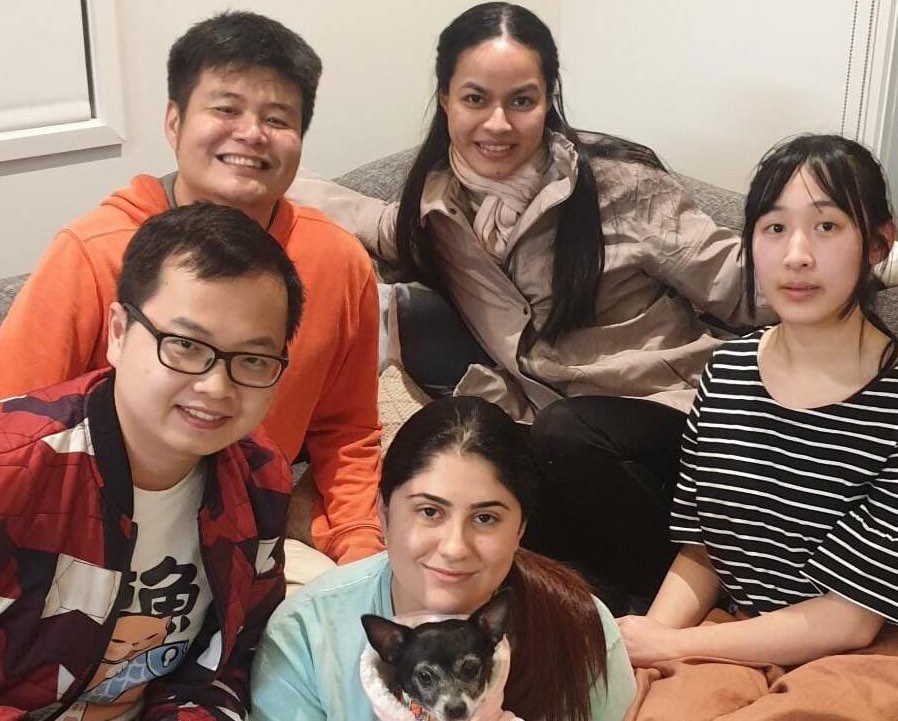
What is the goal of this project and how could it benefit other researchers?
The accessibility of microbiome DNA from holobiont samples remains a key limiting factor in most microbiome and hologenome studies. Our efficient technique for isolating microbiome DNA from recalcitrant holobiont tissues of plants and corals (the worst-case scenario) will set new standards for future research of this nature. This technique can be readily applied to study other holobionts and ecosystems. Our established analytic workflows for hologenome analysis here will also provide critical reference for the research community beyond the intersecting disciplines of genomics, ecology and evolution.
Find out more about the Hologenome project
Day in the life: Australian Centre for Ecogenomics
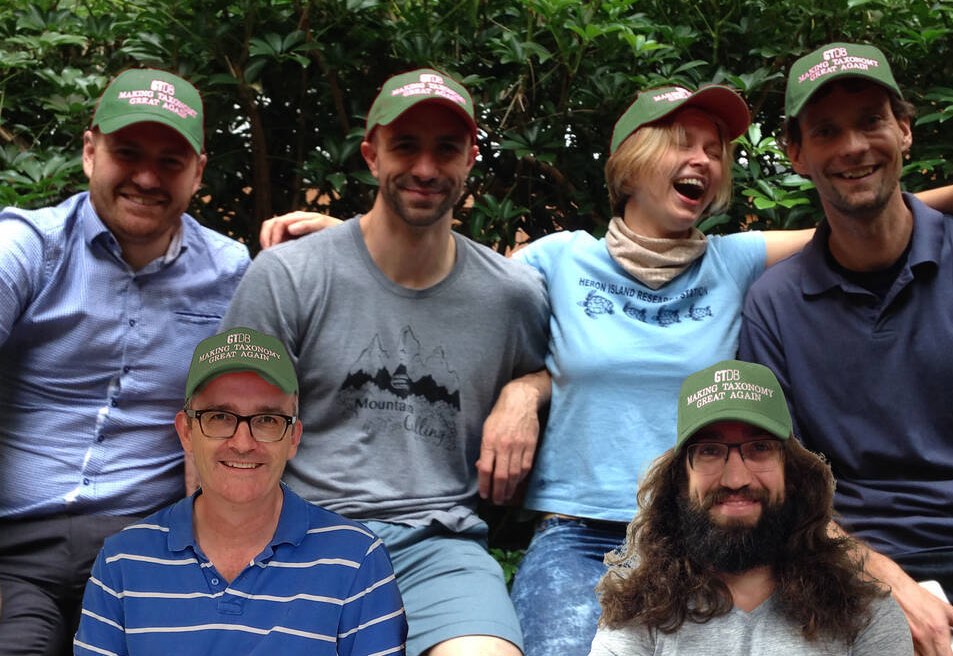
The Australian Centre for Ecogenomics (ACE) was established in August 2010 at the University of Queensland in the School of Chemistry and Molecular Biosciences (SCMB).
Facilitated by ACE Director Prof Phil Hugenholtz and hot off the press with an update in Nature MIcrobiology, is the Genome Taxonomy Database, an archaeal taxonomy database which is the cumulation of work by a number of researchers around the world. A standalone tool GTDB-Tk, enables researchers to classify their own genomes according to the GTDB taxonomy, and is available from GitHub and through KBase.
ACE also has a dedicated team that offers microbial genomics services to UQ and beyond including services for DNA extraction, 16S amplicon (including analysis), whole genome metagenomics, meta-transcriptomics/microbial RNA sequencing, single bacterial genomics and custom applications in microbial genomics.
The sequencing team works with with all kinds of microbes – bacteria, viruses, yeasts, fungi and algae, and uses the illumina MiSeq, illumina NovaSeq6000, Oxford Nanopore MinION and Oxford Nanopore PromethION. Samples come in from many places – mining sites, dog bites, the Great Barrier Reef and even Antarctica!
We caught up with ACE Sequencing manager, Janette Edson, to find out more about a typical day for the ACE team in the sequencing facility:
A typical day at ACE:
No two days are alike. In the lab, the team may be doing DNA extractions, setting up 16S amplifications, preparing Nextera libraries, or setting up an Oxford Nanopore sequencing run. In the office there’s bioinformatics analysis to be run, meeting with clients and collaborators, assisting with experiment design, and even teaching in the SCMB microbiology and genomics undergraduate programs.
What do you like best about your job:
We've had a number of recent highlights at ACE. This included wastewater monitoring for COVID-19 collaborating with CSIRO and QLD Health, we have established new RNAseq services for bacterial transcriptomics including single-cell sequencing.
In collaboration with researchers on the GIH project "Genome-Phaser" , Dr Subash Rai (GIH) extracted high MW DNA from a plant sample and upon long-read sequencing we obtained 128.3 Gb from a single PromethION flowcell, using the new LSK110 library prep kit!
Advice to others:
While we primarily work with microbial samples, as the only Oxford Nanopore PromethION in a service facility on the UQ campus, we accept any sample type and application for this platform! For more information visit our website or get in touch via email.
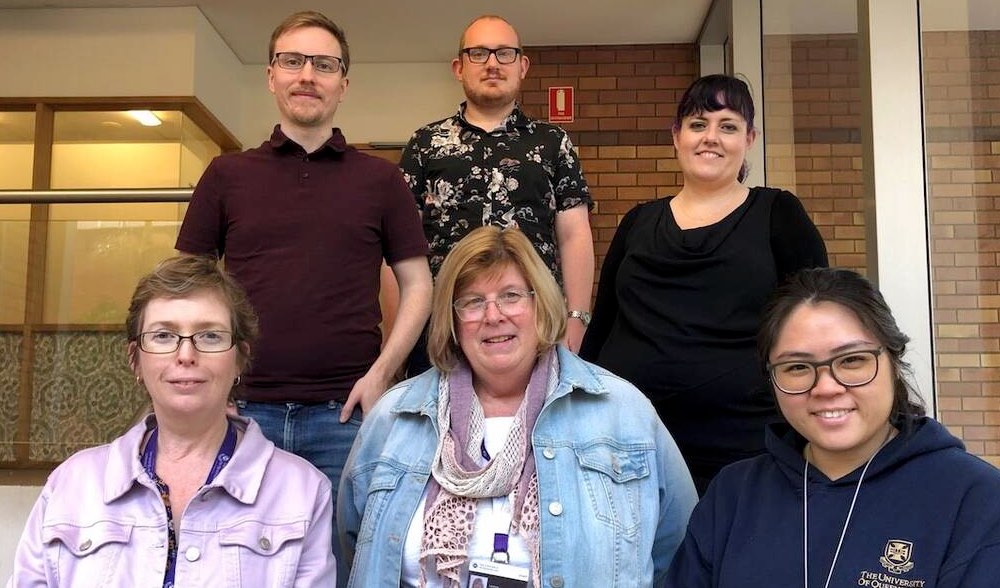
Latest publications

As an update to our GIH collaborative publication Comparison of long-read methods for sequencing and assembly of a plant genome, GigaScience journal's sister journal, GigaByte, has just published the followup publication Improvements in the sequencing and assembly of plant genomes as its first ever Update article!
Congratulations to everyone involved in these two publications!
Head over to our website to find out more about the GIH Collaborative project Assembly of complex genome (Macadamia) using single molecule sequencing.
Check out all our collaborative publications and pre-prints
GIH developments and protocols
To find out about all our GIH developments from within our collaborative projects, click the links below
Single-cell and short read sequencing | Imaging and spatial transcriptomics | Proteomics | Long-read sequencing | Bioinformatics and computational tools
Latest Bioinformatic Software: MicroPIPE
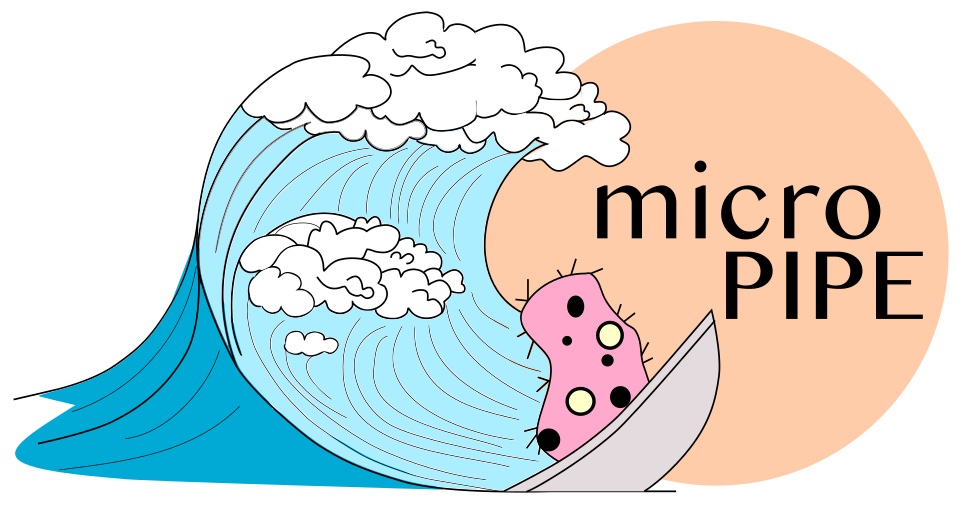
Congratulations to GIH/QCIF team member Valentine Murigneux and Leah Roberts from UQ's A/Prof Scott Beatson's research group on their latest paper and software release of the bioinformatic workflow Micropipe.
"MicroPIPE: validating an end-to-end workflow for high-quality complete bacterial genome construction", now published in the journal BMC Genomics, was produced with research colleagues from UQ's School of Chemistry and Molecular Biosciences (SCMB) and the UQ Centre for Clinical Research (UQCCR): Nguyen Thi Khanh Nhu, Adam Irwin, David Whiley and GIH collaborators Brian Forde, Patrick Harris, David Paterson, Mark Schembri and Minh-Duy Phan.
Funded by QLD Genomics, MicroPIPE is built in modules using Singularity container images and the bioinformatics workflow manager Nextflow, allowing changes and adjustments to be made in response to future tool development. Overall, MicroPIPE provides an easy-access, end-to-end solution for attaining high-quality bacterial genomes.
MicroPIPE is available at https://github.com/BeatsonLab-MicrobialGenomics/micropipe.
GIH collaborative research presentations
We've seen some great presentations from both the GIH team and our collaborators over the past few months. Here's a snapshot of some of them:
GIH's long read sequencing specialist, Dr Subash Rai, gave an online lecture organised via the School of Forestry & Natural Resources Management, Institute of Forestry, Tribhuvan University, Nepal about the latest available genomic technologies including long-reads DNA sequencing technologies that can be applied to wildlife biodiversity and conservation, disease control and management. Attended by wildlife researchers (field- and laboratory-based), policy makers, Lecturers, and students, Subash highlighted the advantages of using affordable and portable Oxford Nanopore Technologies devices for wildlife research in low-income countries.
Read more about our long-read sequencing

Arti Raghubar presented her second PhD milestone talk "Defining the molecular and immune heterogeneity in clear cell renal cell carcinoma tumour microenvironment", which included some data from her first author pre-print Spatially resolved transcriptome profiles of mammalian kidneys illustrate the molecular complexity of functional nephron segments, cell-to-cell interactions and genetic variants.
Arti is part of the 2019 GIH project "Spatial genomics technologies to study cancer and genetic diseases in tissue contexts".
Find out more about this GIH project
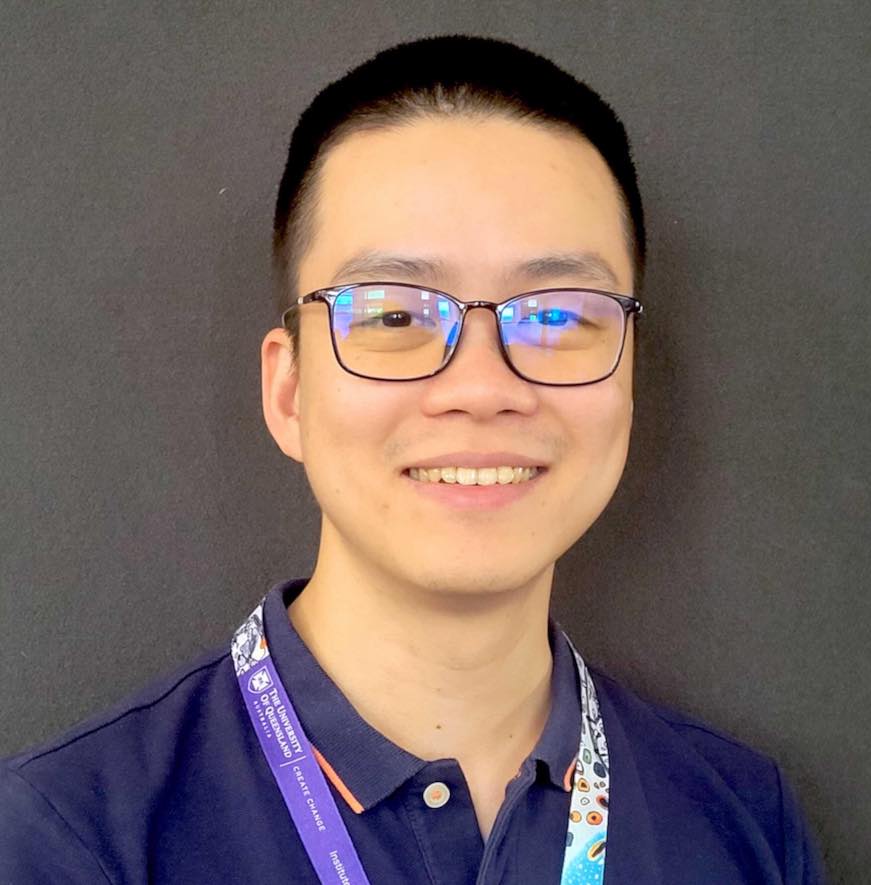
Tuan Vo presented his first PhD milestone talk "Applying Spatial Multi-omics to Identify Cells and Regulators Driving Cancer Progression and Relapse".
Tuan is researching spatial omics technologies as part of the 2021 GIH project "Developing new "spatial omics" capabilities". This project aims to provide UQ researchers with the foundation to access cutting-edge genome-wide assessment of spatial transcriptomics using archival formalin-fixed, paraffin-embedded (FFPE) materials and highly multiplexed with spatial proteomics.
Find out more about this GIH project

Dr Quan Nguyen, head of the Genomics and Machine Learning Lab at the Institute for Molecular Biocience, gave a great talk titled "Exploring spatial biomarkers in cancer, infected and injured tissues" featuring collaborative research data obtained with GIH's Jon Xu, Dr Sohye Yoon and Stacey Andersen.
Quan's GIH collaborative projects focus on single-cell and spatial -omics technologies including the optimisation of several methodologies now possible at UQ and the associated bioinformatic analysis pipelines.
Read more about spatial-omics research
New UQ Facility to provide a viral packaging and production service.

Congratulations to researchers from the School of Biomedical Sciences (SBMS) and the Institute for Molecular Biosciences (IMB) who were successful in attracting RSP3 funding to establish the UQ Viral Vector Core (UQ-VVC). The facility will provide streamlined viral particle production services for adenoviral and recombinant adeno-associated (rAAV) viral vectors as well as for lentiviruses. UQ-VVC supports both experienced and unexperienced groups in their viral work.
Expanding out from IMB's existing lentivirus packaging and production service, currently managed by GIH collaborator Dr Christian Nefzger (who leads the team on the GIH project "Expanding the scope of multimodal single cell sequencing), production of custom adenoviruses and rAAV’s at SBMS/QBI will enable researchers to undertake genetic perturbations, including CRISPR techniques at low cost. As GIH undertakes several gene-editing based projects per year, we are excited at the prospects for future research that this initiative will provide.
While the facility for adenoviruses and rAAV production is being established at SBMS/QBI, UQ researchers can already utilize the lentiviral node at IMB which provides customers with ready-to-use lentiviruses to overexpress or knockdown (shRNA) genes of interest. Titers of viral concentrates typically have 10^8 – 10^9 transducing units per ml. In addition, assistance in selection of optimal vector design and vector generation can be provided if required.
Email x.chen8@uq.edu.au for more information, or click below for the Lentivirus EOI form.
Genetic Research Services (GRS) - new name and website!
 Formerly named AEGRC, Genetic Research Services (GRS) provides high-quality genetics services to both UQ and external clients. With a multi-disciplinary team and state-of-the-art equipment, they offer a number of services to support your research needs including:
Formerly named AEGRC, Genetic Research Services (GRS) provides high-quality genetics services to both UQ and external clients. With a multi-disciplinary team and state-of-the-art equipment, they offer a number of services to support your research needs including:
- Rodent genotyping service - all types of genetic modifications including knockouts, knockins, conditional/floxed, transgenes, SNPs, and CRISPR.
- Sequencing - Sanger DNA sequencing service
- Fragment Services - analysing your PCR results in a 96-well plate format using high-throughput CE DNA analysers
- Robotics Services - a number of automated robotic instruments for laboratory work (pre and post PCR), PCR machines and 3730 DNA analysers that may assist you with your high throughput laboratory needs
- Microsatellite/STR Panels - optimise microsatellite panels, perform capillary separation, and analyse the results for a variety of animals including but not limited to horses, sharks, and manta rays.
- SNaPshot Multiplex SNP Detection -detect up to 10 SNPs simultaneously using the SNaPshot multiplexing method available from Applied Biosystems
- Bacterial 16S Testing
Visit the GRS website for more information
Seminars, Workshops and Conferences
UQ Research and Innovation Week
To be held over the week of 13-17 September 2021. Check out the official Research and Innovation Week webpage for the full program of events: https://research.uq.edu.au/week
UQ Hacky Hour
Hacky Hour UQ occurs every Tuesday, 3–4pm. In addition, the GIH team are on hand to answer genomic related questions on the first Tuesday of the month (Bioinformatics) and last Tuesday of the month (Experimental and sample prep). For Zoom meeting details please email: hackyhourUQ@gmail.com
QCIF training courses and workshops
QCIF (the Queensland Cyber Infrastructure Foundation) runs a number of training workshops throughout the year available to staff and students from six Queensland Universities including the University of Queensland. These include categories such as Bioinformatics Analysis, Data Processing and Statistics, Data sharing and reproducibility, Machine Learning, Programming / Software Carpentry, Surveys and Data Management, Visualisation and research communication. See the website for further information: https://www.qcif.edu.au/training/training-courses/
Image analysis workshops for FIJI
The IMB Microscopy Facility will be holding image analysis workshops for FIJI in the second half of this year for all users willing to learn this image analysis program. An initial Introduction workshop (16/08) is followed up by an Intermediate (03/09) and Advanced workshop (22/09). Free to all UQ staff and students, sign up early as places are limited! https://imb.uq.edu.au/microscopy
UPCOMING SYMPOSIA AND CONFERENCES
Australasian Genomic Technologies Association (AGTA) live: Future of Conservation Genomics, 12 August 2021.
Join the discussion on how genomics is being used in the Australasian region in species recovery and conservation management; what the future holds and what our social and environmental responsibilities are. https://agtagenomics.org.au/agta-live/
MicroSeq2021, 8-9 September 2021.
An online conference designed to bring together early career researchers in Australia from a broad range of microbiology domains, who are united by their use of DNA and RNA sequencing technologies to investigate microbes! https://www.theasm.org.au/
OZ Single-cell 2021: Symposia series, Melbourne 30th July, Perth 8th September, Brisbane 19th October, Sydney TBD.
The single cell consortium comprises of leading researchers whose focus is on technologies that include single cell gene expression, genome sequencing, cell lineage tracing and the computational biology needed to tackle big data. Back by popular demand, and with a hybrid in-person (lockdowns permitting) and online attendance, the Oz Single Cell symposia series runs across the nation, across 2021. https://www.singlecells.org.au/
The Combined ABACBS and Phylomania 2021 hybrid conference, 22 - 26 November 2021.
The conference will be held in a hybrid setting this year, in person in the ‘hub’ site of each capital city and the talks will be video Zoomed LIVE across all states. Brisbane Hub coming soon, so keep an eye on their website for details. Their aim is to share cutting-edge bioinformatics and computational biology research, with an emphasis on how computational research is done. https://www.abacbs.org/conference2021
Got news?
We'd love to know if you have found any of our GIH developments helpful for your own research, so drop us a line.
In addition to our quarterly newsletter, GIH news is also posted on our website here and on our Twitter feed here


